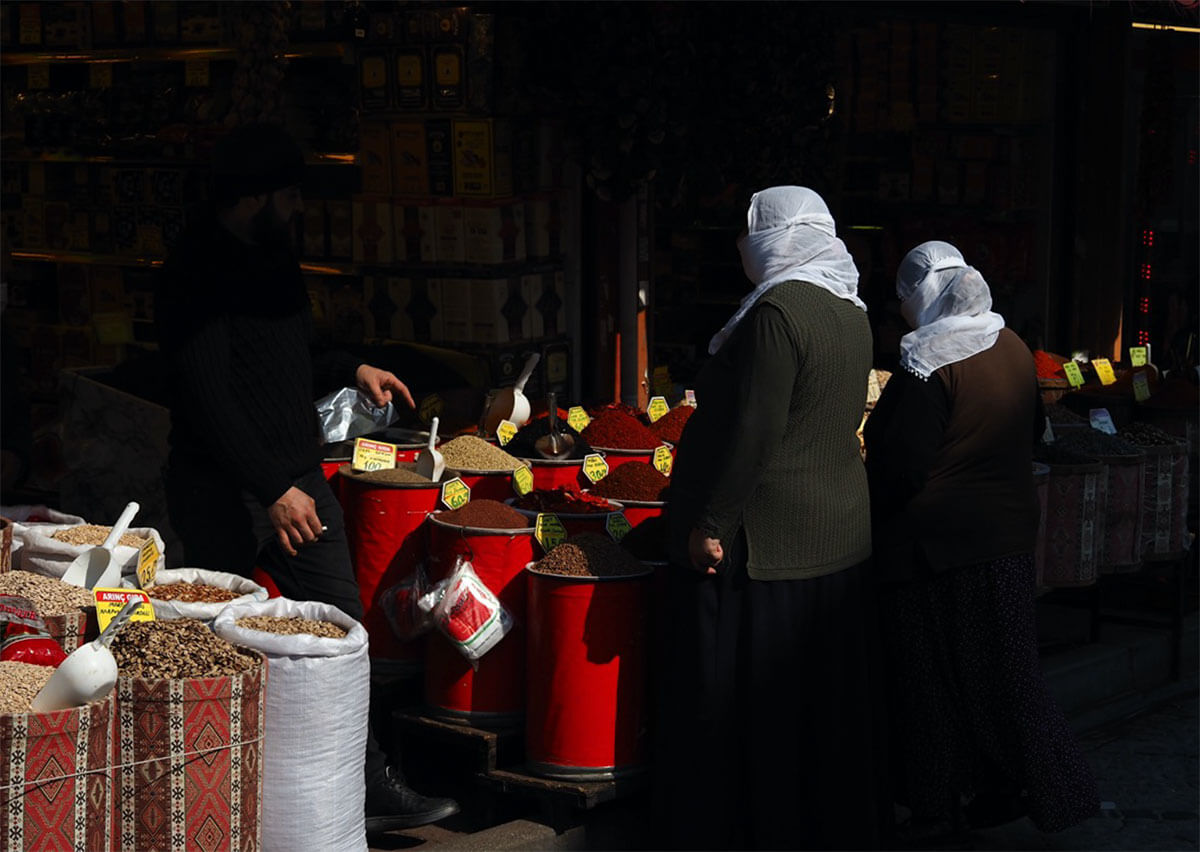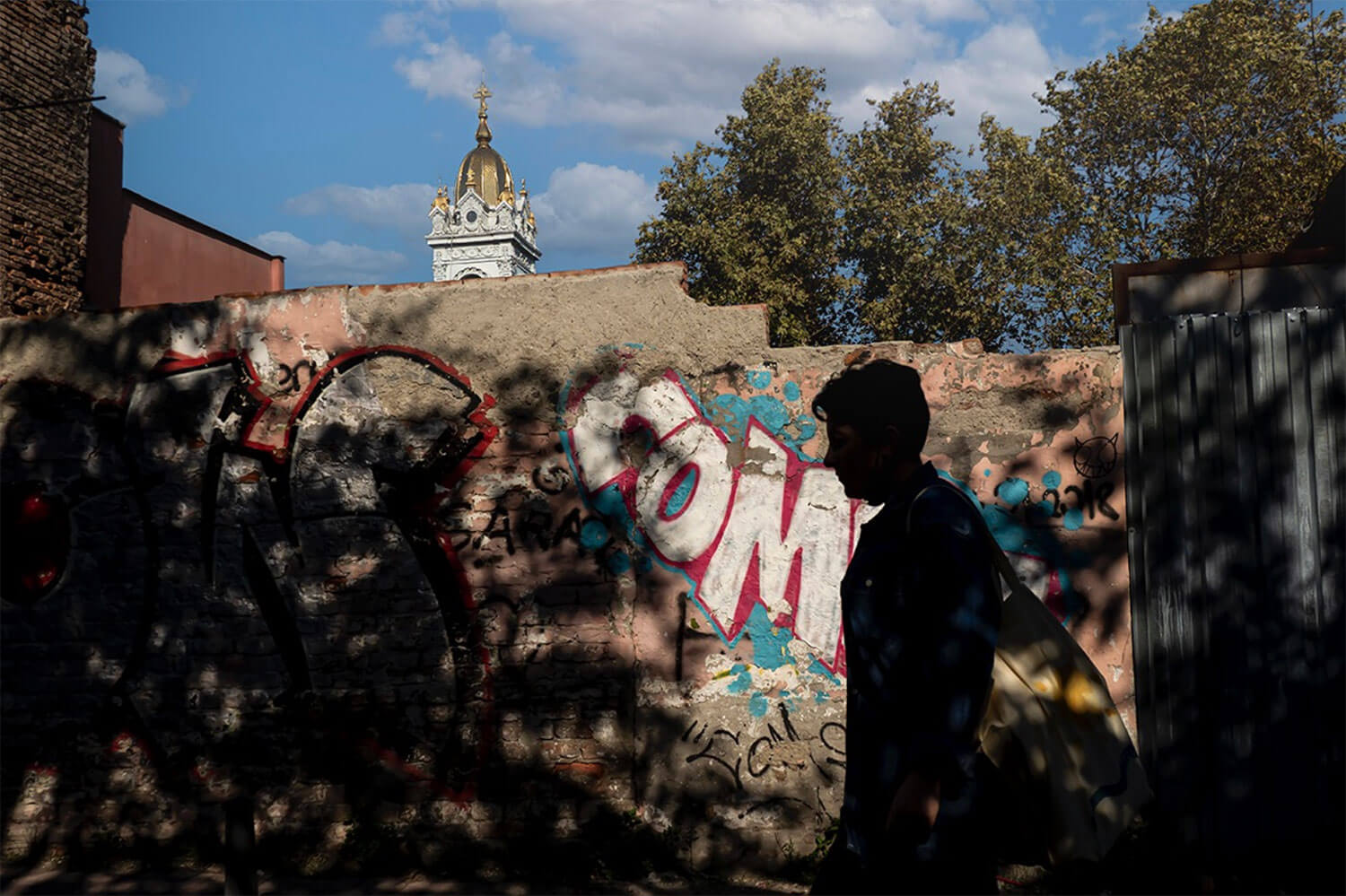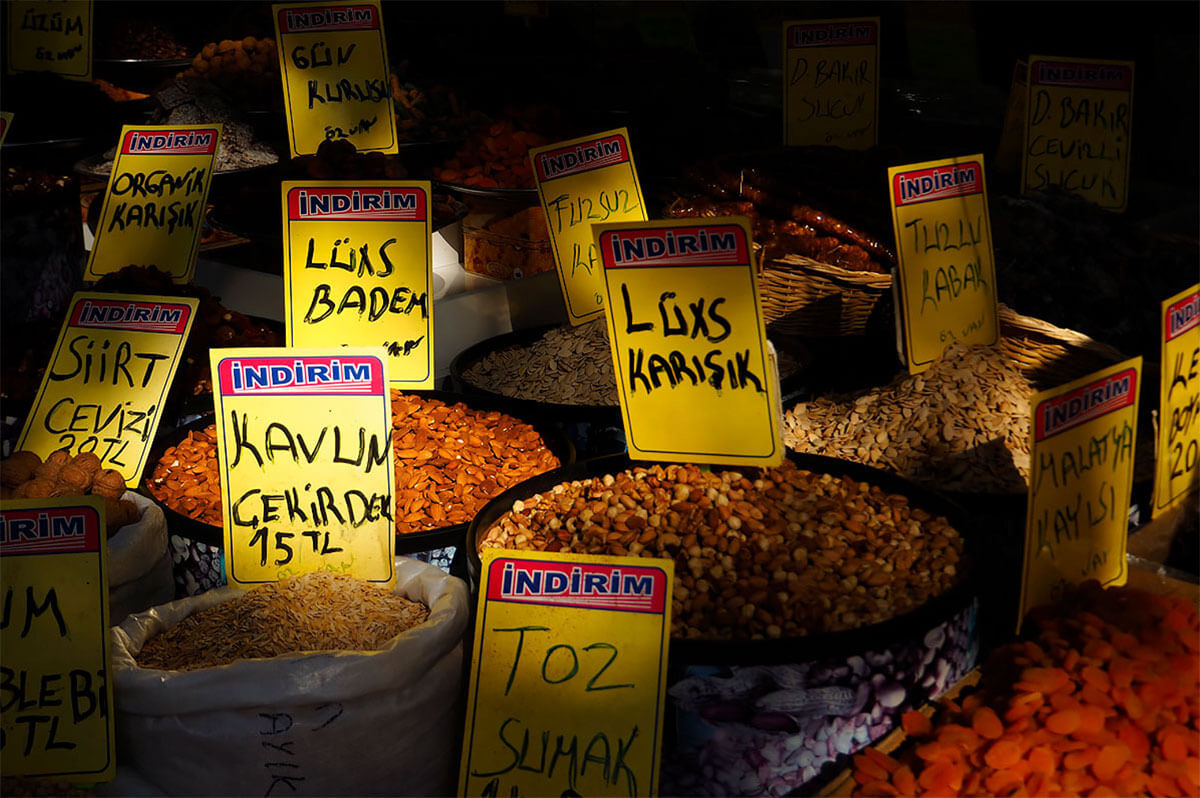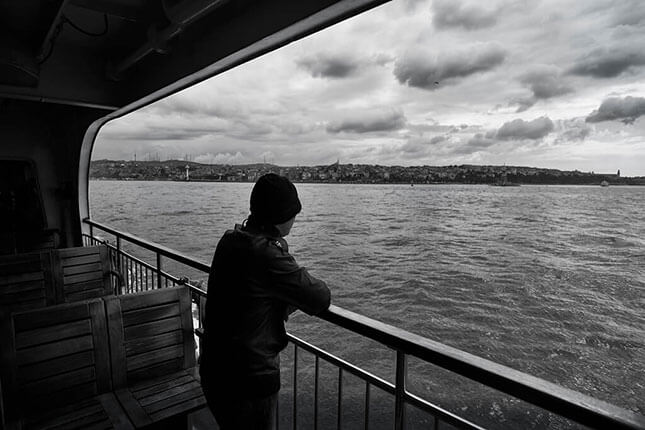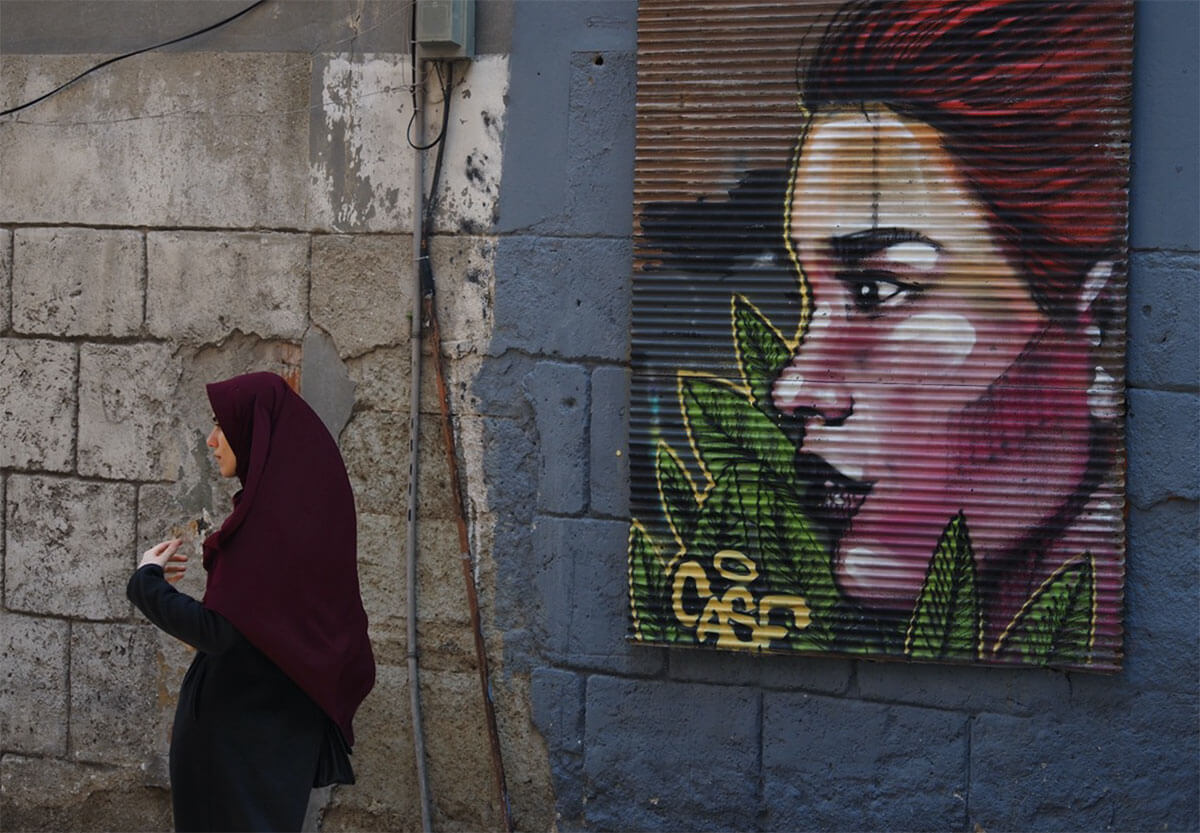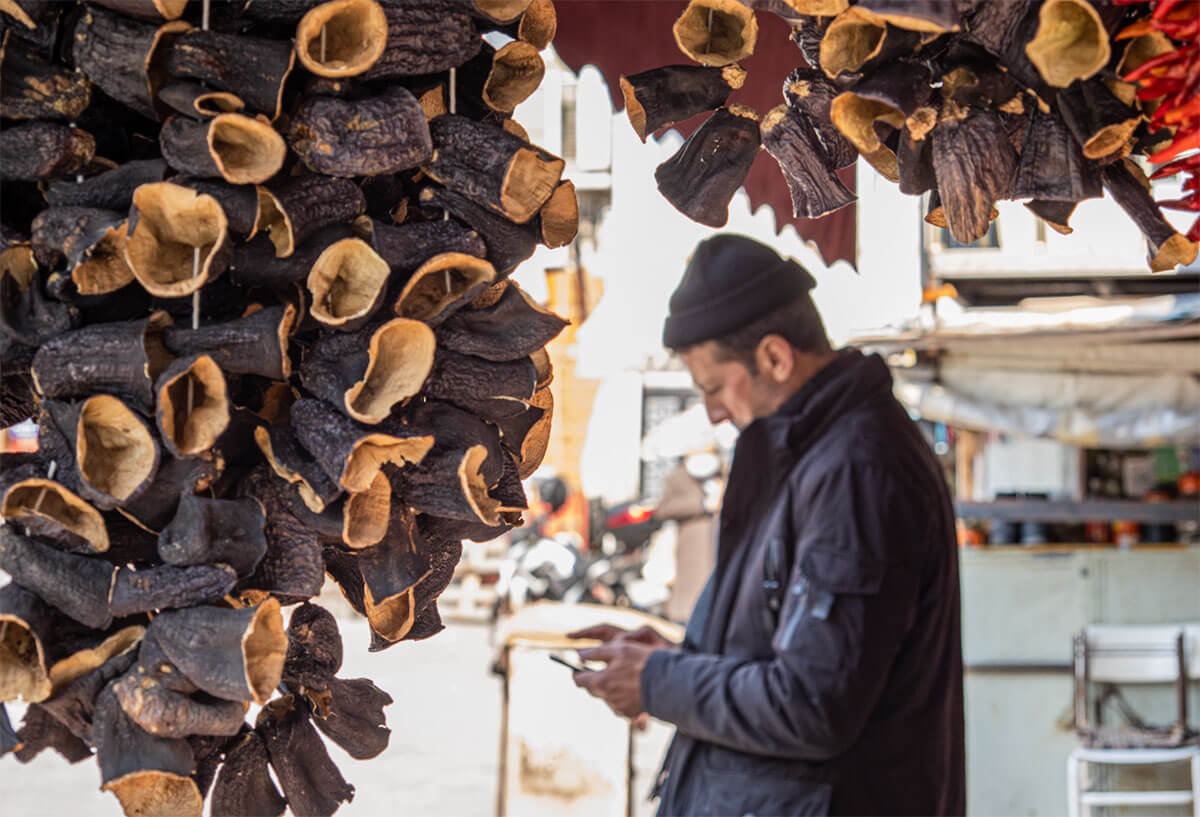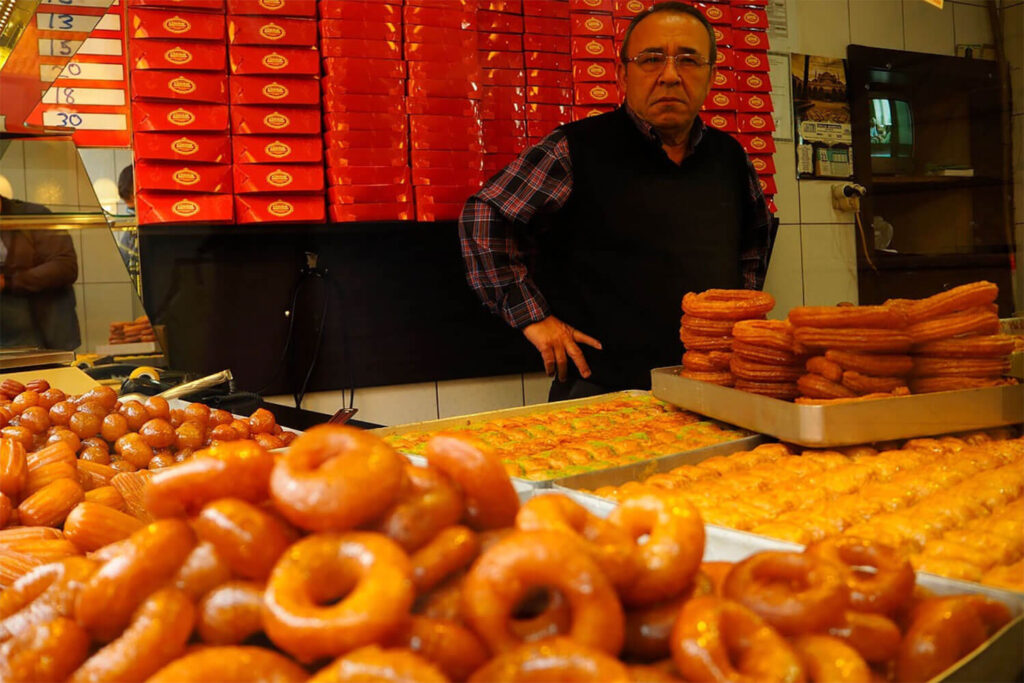Private Street Photography Tour in Istanbul
Unveiling Zeyrek, Balat and Fener’s Imperial Heritage street photography tour combines elements of urban landscape, architectural and street photography to offer participants a unique learning experience. This comprehensive street photography tour promises to be both demanding and enjoyable, offering a wealth of information. This route includes one of the most favorite and famous central points of the Byzantine and Ottoman Empires where you can nearly witness everything about this city.
Capturing images of strangers in public places can be a challenging endeavor for numerous photographers, and knowing how to initiate the process can be perplexing. Irrespective of your photography style, our key recommendations for taking pictures of unfamiliar individuals in public spaces may assist you in approaching street photography with confidence and enhancing your likelihood of capturing captivating images.
About Photography Locations
Zeyrek and Cibali Neighbourhoods
Zeyrek district will be our first location in this street photograph tour and we will be meeting infront of Gazanfer Ağha Madrasa located just across the famous Bozdoğan Aqueduct. Since the Zeyrek District is one of the historical districts constructed on a hilly terrain, it gained renown in ancient times for its slopes. The expression “I know no bird other than sparrows, no slopes other than Zeyrek” is associated with the inclines of this district. Certain points feature break stones constructed during the Ottoman period, designed for porters and fatigued individuals. However, rest assured, as our journey in the Zeyrek District will descend towards the sea.
Zeyrek is also famous with its Pantokrator Monastry which was converted into a Madrasa after the conquest of Constantinople. Today the complex is called as Zeyrek Mosque Complex. Our itinerary may include visits to Siir Pazarı (aka Ladies Bazaar), Çırçır District, Pantapoptes Church (İmaret Mosque), Haydar District and Cibali before we reach to seaside. After reaching the seaside, we will continue in the direction of Ayakapı (aka Hagia Gate and not to be confused with the magnificient Hagia Sophia), Fener and Balat. We leave the Hagia Gate behind and continue our tour towards Fener. Even though the sea walls have been destroyed in places, they continue intermittently until Balat… We will complete our shooting after reaching Balat bazaar.
“I know no bird other than sparrow, no slope other than Zeyrek”
Fener and Balat Neighbourhoods
During the Byzantine era, the medieval Greeks referred to the locality as “fanarion,” denoting a streetlight, illuminating lantern, or a light post featuring a lantern. This nomenclature originated from a Byzantine column adorned with a lantern, serving as a public light source or maritime locator/beacon. The present-day name of the neighborhood, Fener, is a Turkish adaptation of the term “fanarion.”
Balat is etymologically linked to the Greek term “palation” (palace), drawing inspiration from the nearby palace of Blachernae. Its evolution gained momentum after 1492 when the Sultan dispatched his fleet to Spain to rescue Jews facing persecution from the Spanish Inquisition. These Jewish refugees found a welcoming home in Constantinople, particularly flourishing in the Balat district. This area also served as a gateway for incoming Jewish settlers, eventually becoming the largest neighborhood for the Sephardic Jewish community in Constantinople. Successful Jewish residents eventually migrated to other districts such as Galata.
“The courtyard of the Yavuz Selim Mosque can be aptly described as Istanbul’s balcony. Extending from the skirts of the mosque to the Golden Horn, the Fener and Balat neighborhoods reflect the mirror of Ottoman civilization.”
Similar to the Fener district, Balat witnessed depopulation following the collapse of the Ottoman Empire. Factors contributing to this decline included the establishment of the Israeli state and the industrialization of the Golden Horn.
Street Photography Tour Structure
Before the Tour
A few days prior to your street photography tour you will receive an itinerary document which contains detailed instructions such as starting time, durations, locations, spots, subjects and places you will be visiting with sample images and instructions from photographical point of view, to give you a better, more detailed understanding of the tour.
During the Tour
I will lead you through my preferred spots in the heart of the city, uncovering hidden gems not typically explored by other tours. I will try to help you gain insights into my techniques for capturing the essence of street and cultural photography.
Throughout this Istanbul street photography tour, I will will demonstrate creating images with strong foregrounds, working with leading lines, and layering elements witin the streets. You’ll also receive guidance on navigating challenging lighting situations, interpreting the camera’s histogram, and achieving optimal and creative exposure. The skills you will acquire can be seamlessly applied to any location or subject matter, enhancing your street and cultural photography prowess.
What will you learn during this street photography workshop?
- Learn the technical aspects of street photography: equipment, camera settings, shooting modes, understanding composition, exposure, light and focus
- Familiarize yourself with shooting modes on your camera beyond the automatic setting.
- Understand the fundamental principles of color and composition.
- Develop a street photographer’s ‘eye’ and learning to identify photo opportunities in everyday street scenes.
- Understand the diverse approaches employed in street photography.
- Develop your unique style of street photography in a deliberate manner.
- Overcoming your fear of capturing images of strangers in public spaces.
- Develop awareness of the ethical considerations associated with street photography.
Equipment Required
Any brand or model of camera is acceptable, whether it’s a compact, mirrorless, DSLR, or film camera. We extend a warm welcome to photographers using film as well. It is preferable to have a lens with a focal length approximately around 28 or 35mm (full-frame equivalent) or about 18 or 24mm (APS-C sensor). In the absence of a prime lens, a zoom lens will suffice. A flash or tripod is not necessary for this activity.
Family members and accompanying non-photographers
Inform us if you are accompanied by family member or a friend as an accompanying non-photographer during your tour and we will be discussing their participation together with you.
Booking Your Photo Tour
If you’re interested in a Istanbul private street photography tour , send us a message to confirm Enis’s availability for your requested date(s). Once your dates are confirmed, they can be saved with a deposit.

